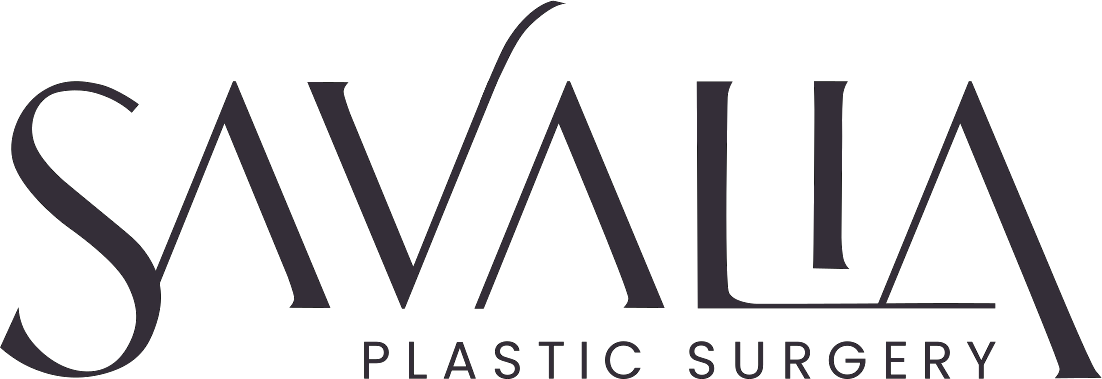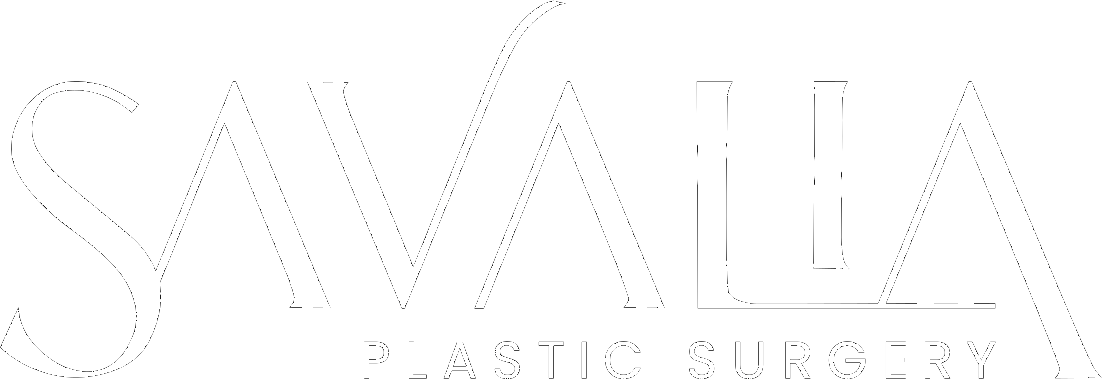You've probably heard about "natural breast augmentation" using your own fat—but how much of what you've heard is actually true? At Savalia Plastic Surgery, we perform fat transfer breast augmentations regularly, and we've seen firsthand how misinformation can cloud patients' decisions.
Let's set the record straight. Below, we're busting the biggest myths and giving you the real facts—so you can decide if this "two-in-one" procedure (sculpting + enhancing) is right for you.
Myth #1: "Fat Transfer Gives the Same Results as Implants"
Reality: It’s a different kind of enhancement.
Fat transfer is ideal for patients who want:
✔ Subtle, natural-looking volume (about ½ to 1 cup size increase)
✔ Improved shape and contour (great for fixing asymmetry or minor sagging)
✔ A bonus liposuction effect (hello, slimmer thighs or waist!)
But it’s not for everyone. If you dream of:
✖ Dramatic size changes (implants are better for 2+ cup sizes)
✖ Very firm, round projection (fat feels softer and more natural)
Patient Example:
"I didn’t want implants, but my breasts lost volume after breastfeeding. Fat transfer gave me back my pre-baby curves—plus a flatter stomach!"
Myth #2: "The Fat Just Disappears After a Few Months"
Reality: Some fat absorbs—but not all.
Here’s what really happens:
- ~60-80% of transferred fat stays permanently (the rest is naturally reabsorbed in the first 3 months).
- We overfill slightly to account for this.
- Long-term results are stable after 6 months.
Pro Tip: Avoid drastic weight fluctuations afterward—gaining/losing >15 lbs can affect results.
Myth #3: "It’s Riskier Than Implants"
Reality: The risks are different, not necessarily higher.
| Fat Transfer Risks | Implant Risks |
|---|---|
| Fat absorption (unevenness) | Capsular contracture (hardening) |
| Microcalcifications (visible on mammograms)* | Rupture/deflation |
| Lipo-related bruising/swelling | Implant displacement |
*Note: Microcalcifications are not harmful—just something your radiologist should know about.
Key Point: Both procedures are safe when performed by an experienced surgeon.
Myth #4: "You Need Tons of Extra Fat to Qualify"
Reality: You just need enough donor fat.
We can harvest from:
- Abdomen
- Flanks ("love handles")
- Thighs
- Back
Minimum requirement: Enough fat for liposuction to be worthwhile (typically BMI ≥ 20).
No "extra" fat? You may still qualify for a mini fat transfer combined with implants.
Myth #5: "Recovery Is Easier Than Implants"
Reality: It’s a different kind of recovery.
Fat Transfer Recovery:
✔ Two healing areas (lipo site + breasts)
✔ Compression garments (for lipo areas, 2–4 weeks)
✔ No implant-related precautions (no massaging, no risk of displacement)
Implants Recovery:
✔ Single treatment area
✔ No lipo aftercare
✔ Potential for more post-op discomfort (tightness as implants settle)
Bottom Line: Neither is "easier"—just different.
Who’s the Ideal Candidate?
You might love fat transfer if you:
✅ Want a subtle boost (not a dramatic change)
✅ Have enough donor fat (BMI ≥ 20)
✅ Prefer no foreign implants in your body
✅ Desire natural-looking feel and movement
Not ideal if you:
✖ Want very large, round projection
✖ Have extremely tight skin (may need implants for stretch)
✖ Are severely underweight (not enough fat to transfer)
Why Choose Savalia Plastic Surgery?
✔ Artistic fat placement (we sculpt for natural contours)
✔ Dual-board-certified expertise (in both liposuction and breast surgery)
✔ Honest guidance (we’ll tell you if implants would serve you better)
Next Steps
- Book a consultation – We’ll assess your donor fat and breast goals.
- See before/afters – Real patients, real results.
- Ask us anything – No question is too small!
Ready to explore your options? Contact Savalia Plastic Surgery today.
Still curious? Drop your questions below—we’re happy to help! 💬



